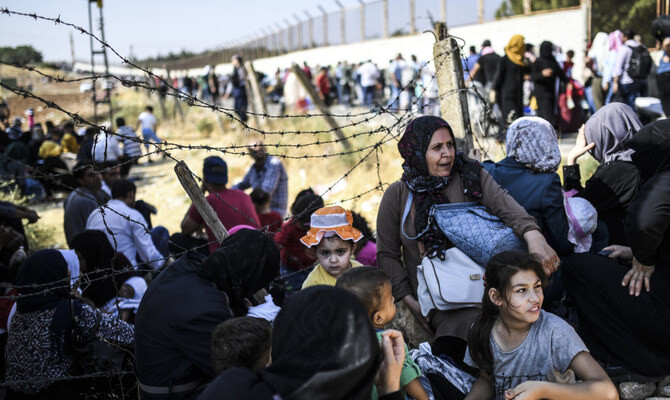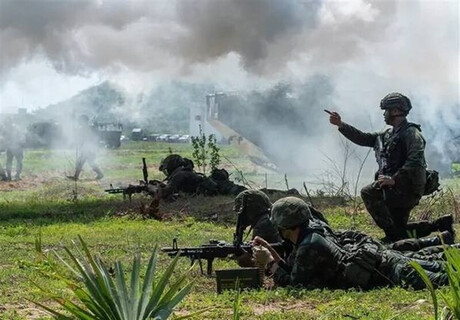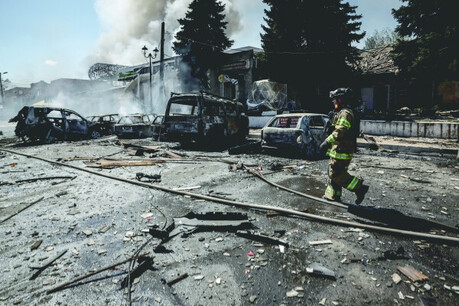
Damascus/Geneva - The ongoing conflict in Syria has led to a massive displacement of civilians, with over 880,000 people forced to flee their homes in recent weeks, according to the United Nations. This figure includes a significant proportion of people with disabilities, estimated at around 6%.
The UN Office for the Coordination of Humanitarian Affairs (OCHA) reported that while over 220,000 individuals have returned to their homes, the situation remains volatile. Thousands are currently residing in collective centers across northeast Syria, relying on humanitarian assistance for survival.
The UN and its partners are working tirelessly to provide essential aid, including food, water, shelter, and medical care to those affected. The Syrian Arab Red Crescent and the International Committee of the Red Cross, in collaboration with UNICEF, have successfully repaired the critical Tishreen Dam, averting a potential disaster.
Cross-border Movements Complicate Relief Efforts
The humanitarian crisis is further exacerbated by the complex movement of people across borders. While Lebanese authorities reported a decrease in Syrian refugees returning to Syria, an estimated 30,000 individuals, including Lebanese nationals, have returned to Lebanon since the recent cessation of hostilities announcement.
The International Organization for Migration (IOM) has highlighted the fluid nature of these movements, with people crossing borders through both official and unofficial channels. The situation is further complicated by the reported abandonment of Syrian border posts by officials.
International Response and Challenges
Tom Fletcher, UN Under-Secretary-General for Humanitarian Affairs and Emergency Relief Coordinator, is currently on a week-long mission to the Middle East, including visits to Syria, Lebanon, Türkiye, and Jordan. His meetings with Syrian transitional authorities in Damascus will focus on coordinating the relief response and addressing the urgent needs of the affected population.
The escalating conflict in Syria presents significant challenges for humanitarian organizations. The volatile security situation, limited access, and the ongoing displacement of civilians hinder effective aid delivery. The international community must continue to provide unwavering support to the UN and its partners to ensure that those affected by the conflict receive the assistance they desperately need.
[Copyright (c) Global Economic Times. All Rights Reserved.]






























